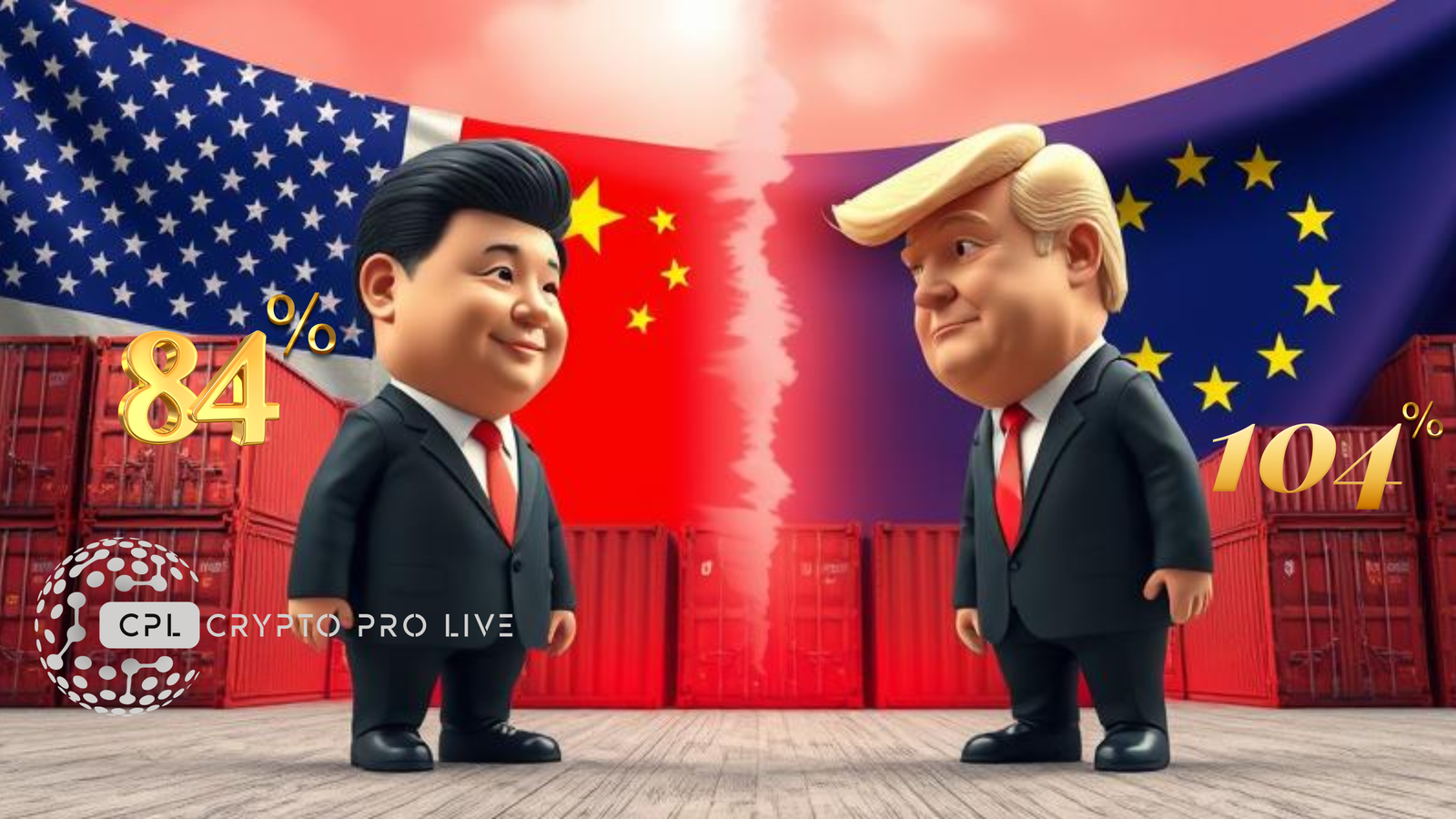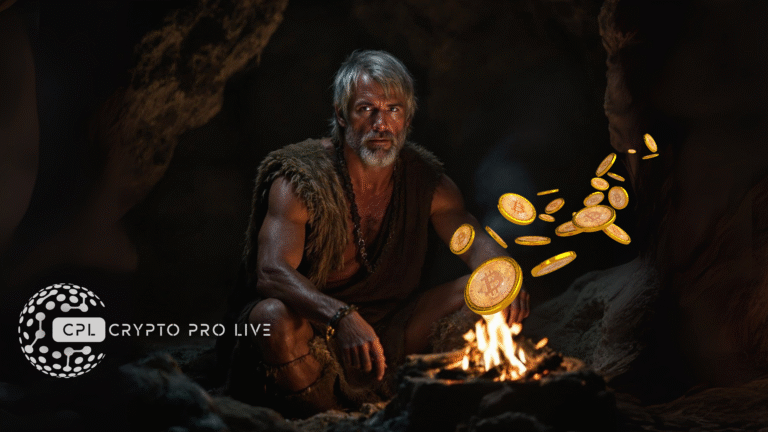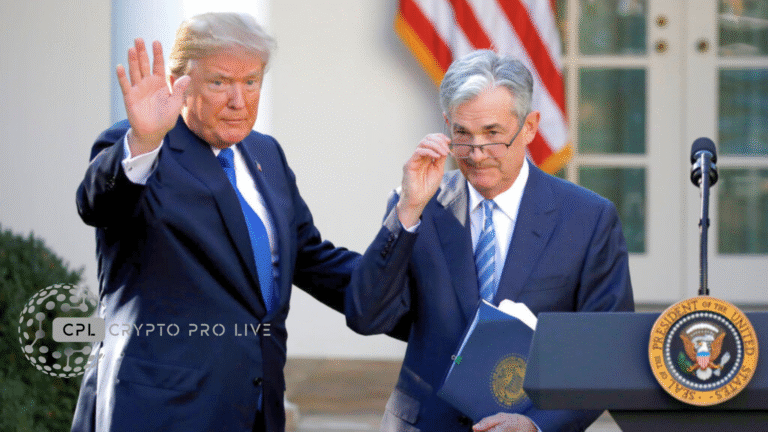The global financial landscape is undergoing a seismic shift as China and the European Union (EU) retaliate against U.S. tariffs, a move that has sent shockwaves through traditional markets and ignited discussions about the future of decentralized finance. This escalating trade conflict underscores the vulnerabilities inherent in centralized financial systems and highlights the potential of cryptocurrencies as alternative assets.
The Ripple Effect of Trade Wars on Traditional Markets
The imposition of tariffs by major economies has led to significant volatility in global stock markets. Investors are grappling with uncertainties as traditional assets experience fluctuations due to geopolitical tensions. This environment has prompted a search for more stable and resilient investment avenues.
Cryptocurrencies: A Hedge Against Geopolitical Instability
In light of these developments, cryptocurrencies are gaining attention as potential hedges against geopolitical risks. Unlike traditional assets, digital currencies operate on decentralized networks, making them less susceptible to government-imposed trade barriers and economic policies. Bitcoin (BTC), often referred to as “digital gold,” has seen increased interest from investors seeking to diversify their portfolios amid market turbulence.
The Rise of Crypto Exchange-Traded Products (ETPs)
The growing acceptance of cryptocurrencies is evident in the proliferation of crypto-based financial products. For instance, 21Shares has been at the forefront of launching innovative crypto ETPs, providing investors with regulated and straightforward access to digital assets. Their initiatives reflect a broader trend of integrating cryptocurrencies into mainstream financial markets.
Institutional Adoption and Regulatory Developments
Institutional interest in cryptocurrencies is on the rise, driven by the need for portfolio diversification and the search for uncorrelated assets. Financial institutions are exploring crypto investments, and regulatory bodies are working towards establishing clear frameworks to govern digital assets. This evolving regulatory landscape aims to balance innovation with investor protection, fostering a more stable environment for crypto adoption.
The current trade tensions between major economies highlight the fragility of centralized financial systems and underscore the potential of cryptocurrencies as alternative investment vehicles. As the global financial ecosystem continues to evolve, digital assets are poised to play a more significant role in providing resilience against geopolitical and economic uncertainties.

















